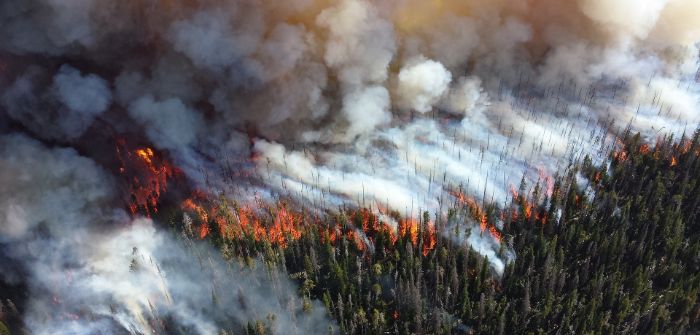Experts from Stanford University’s School of Earth, Energy and Environmental Sciences in the US are using artificial intelligence and satellite data to predict wildfires across their western states.
The team, who specialize in hydrology, remote sensing and environmental engineering, have developed a deep-learning model to map fuel moisture levels across states from Colorado, Montana, Texas and Wyoming to the Pacific coast.
The model, which is said to require further testing, looks for forest dryness unfolding pixel by pixel, revealing areas that are at greatest risk for catching fire. Indeed, lead author Krishna Rao, a PhD student in the Earth system science, says the system uses a recurrent neural network, an artificial intelligence system that learns to recognize patterns in vast mountains of data. Scientists train the model using field data from the National Fuel Moisture Database, then ask it to estimate fuel moisture from two types of measurements collected by spaceborne sensors. One such move involves measuring visible light bouncing off the Earth and the other is synthetic aperture radar, which measures the return of microwave radar signals.
Alexandra Konings, an ecohydrologist at Stanford University, said, “One of our big breakthroughs was to look at a newer set of satellites that are using much longer wavelengths, which allows the observations to be sensitive to water much deeper into the forest canopy and be directly representative of the fuel moisture content.”



